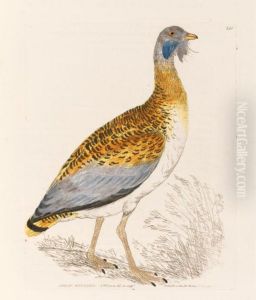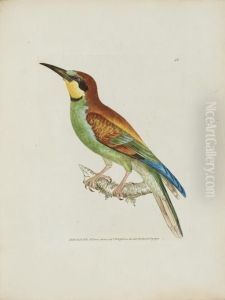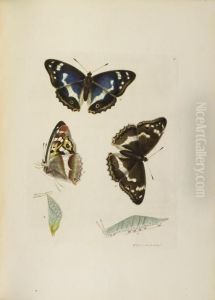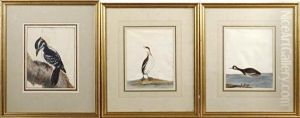William Lewin Paintings
William Lewin was an English naturalist, illustrator, and entomologist, best known for his detailed and pioneering work on British birds. Born in 1747, Lewin developed an early interest in the natural world, which would guide his professional pursuits and contributions to natural history. His most notable work is 'The Birds of Great Britain,' published in eight volumes between 1789 and 1794. This work was groundbreaking in its detailed illustrations and comprehensive coverage of British avian species, setting a new standard for ornithological illustration and study.
Lewin was not just an artist but also an enthusiastic naturalist who spent considerable time in the field observing birds in their natural habitats. This hands-on approach allowed him to produce illustrations that were not only scientifically accurate but also vividly conveyed the essence of each species. His work was characterized by a meticulous attention to detail, capturing the nuances of plumage, posture, and environment that were often overlooked by others at the time.
Despite his contributions to ornithology and the natural sciences, Lewin's life was not without its challenges. He faced financial difficulties, partly due to the high costs of producing his detailed, hand-colored illustrations. Nevertheless, he continued to work passionately, earning the respect and admiration of his peers and future generations of naturalists and artists.
William Lewin died in 1795, leaving behind a legacy that would influence the fields of ornithology and natural history illustration for years to come. His work not only provided a comprehensive catalog of British birds but also inspired a greater appreciation for the natural world and the importance of detailed scientific observation. Today, Lewin is remembered for his contributions to the advancement of natural history and the art of illustration, bridging the gap between science and art in a way that few of his contemporaries could.



